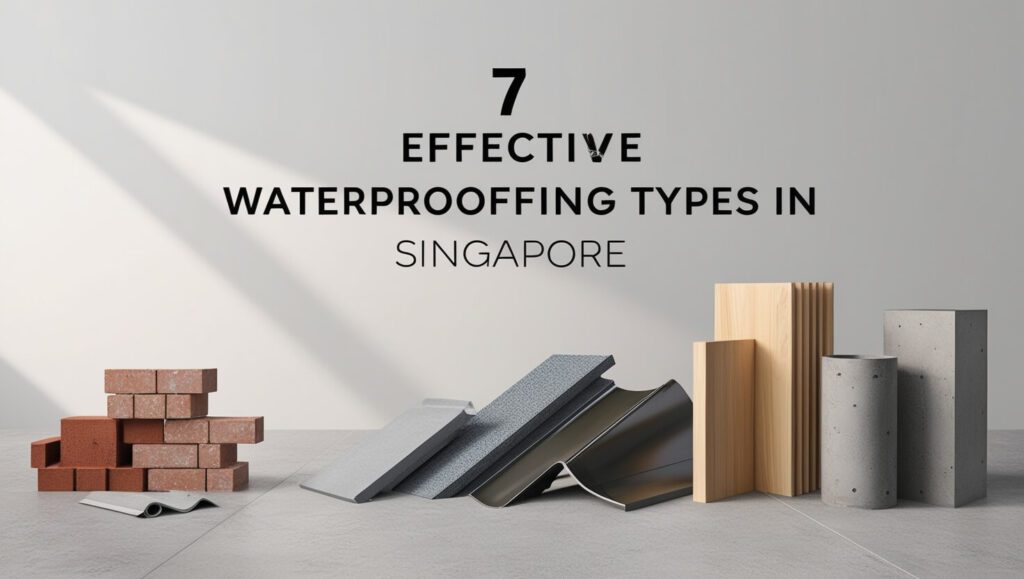
To pick the right waterproofing type for your base, you need to learn about the right types. Because of the tropical weather, not all will work fine. So, which type of waterproofing is best in Singapore?
Well, the best type of waterproofing in SG can vary based on the structure type or where it will be used. Like, you can use EPDM to protect your roof or similar areas, while PVC allows moisture to escape and is stronger against tears.
And, if you want a better foundation on your structure, the Polyurethane can work fine. To know each type of waterproofing that works great in Singapore, keep on reading till the end!
7 Effective Types Of Waterproofing In Singapore: A Quick Comparison Guide
When it comes to protecting your property in Singapore’s humid climate, choosing the right waterproofing method is crucial. From EPDM rubber to cementitious coatings, there are several options available.
Each type has its strengths, and the best choice depends on your building’s structure and location. To help you make an informed decision, we’ve compiled a comparison of the 7 best waterproofing types that work effectively in Singapore.
Explore the table below to see which waterproofing method suits your needs.
| Waterproofing Type | Description | Key Advantages | Common Applications |
| EPDM Rubber | A synthetic rubber used on roofs; resistant to heat, sunlight, and rain. | Durable, flexible, easy to install, withstands extreme temperatures. | Roofs, vapor barriers, insulation |
| Bituminous Coating Membrane | Asphalt-based material used for waterproofing. | Flexible, strong adhesion, long-lasting, weather-resistant. | Roofs, basements, bridges |
| Polyurethane Liquid Membrane | A liquid material that forms a continuous waterproof layer, filling cracks. | Strong, flexible, environmentally friendly, easy to apply. | Flat roofs, balconies, walkways |
| PVC Waterproofing Membrane | Plastic-based waterproofing, mainly used in roofs and pools. | Tear-resistant, vapor-permeable, low-cost, easy to install. | Roofs, swimming pools, underground |
| Thermoplastic | A flexible plastic material, durable and resistant to chemicals and extreme temperatures. | Scratch and tear-resistant, long-lasting (50+ years), flexible. | Roofs, chemical facilities |
| Cementitious Waterproofing | Cement-based coating that creates a waterproof seal. | Easy to apply, strong waterproof barrier. | Concrete walls, foundations |
| Liquid Applied Membrane | A liquid form coating that creates a seamless waterproof layer. | Seamless, adjustable thickness, long-lasting, affordable. | Roofs, concrete, bitumen surfaces |
Which 7 Types Of Waterproofing Is Best In Singapore?
There are a few kinds of waterproofing options that you’ll find in the market. Out of all, you’ll find out the 7 types that work best in SG below:

1. Waterproofing By Using EPDM Rubber
EPDM rubber stands for ethylene propylene diene monomer. It is a strong and flexible type of synthetic rubber. This rubber is used a lot for waterproofing roofs. It is often put on top of other materials, like vapor barriers and thermal insulation, to keep water out.
EPDM rubber is very tough. It can handle extreme heat, sunlight, and rain. It can resist temperatures up to 150°C. It lasts many years outdoors without breaking or wearing down.
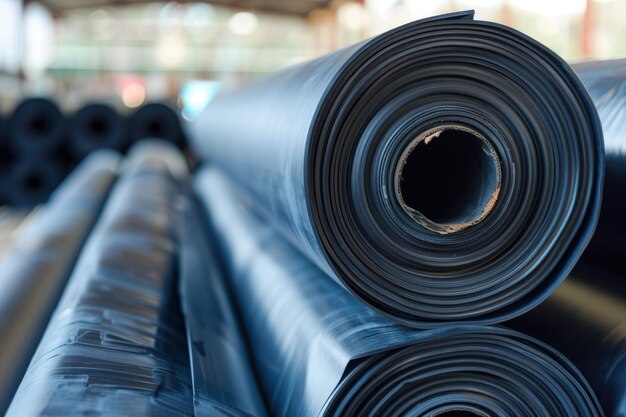
This rubber doesn’t get damaged by sunlight or bad weather. It is flexible, so it can fit any roof shape easily. Because of this, it’s good for homes and businesses. EPDM is also easy to install, so even beginners can put it on their roofs. Overall, it’s a great choice for roofing because it’s durable and simple to install.
Why We Select It: This material can stand against extreme weather and UV rays while adapting to various roof shapes. We find it great for homes and businesses.
2. Bituminous Coating Membrane Waterproofing Technique
Bituminous coating, also called asphalt, is a thick and sticky liquid. It is made from asphalt or coal tar. This material is used to keep water out of buildings. It is common in both homes and businesses.

Bituminous coating is flexible and sticks well to surfaces. It is used on roofs, basements, bridges, and other places to make them waterproof. When applied, it dries into a strong layer that protects buildings from water. It lasts a long time and keeps structures safe from weather damage.
you might also want to check out our metal roof waterproofing services, designed to protect your metal roofs effectively.
Why We Select It: This material is highly effective at adhering to surfaces and forming a water-resistant layer. When applied, it dries into a strong layer that protects buildings from water. We find it ideal for ensuring a long-standing structure that keeps out water damage.
3. Polyurethane Liquid Membrane Waterproofing Technique
Polyurethane, or PU, is a popular material for waterproofing. It creates a smooth and continuous waterproof layer. It can fill small cracks in concrete and stop water from being absorbed. It also makes the top layer of concrete harder because it goes deep into the surface.
Polyurethane is used on flat roofs, balconies, bridges, walkways, water tanks, and more. It is great for outdoor areas that get wet often. It stops leaks and doesn’t create weak spots on the surface. It also lets water vapor escape.

Polyurethane is very strong and can handle wear and tear. It is flexible and can fit different shapes easily. It is also easy to apply in thin layers. This makes it useful for areas that are hard to reach. Plus, it’s safe for the environment because it doesn’t release harmful fumes or chemicals.
If your balcony needs some TLC, our balcony waterproofing services can help keep it looking great and protected from moisture.
Why We Select It: This material is a smooth and continuous waterproof layer that we find great for strengthening concrete surfaces. And, due to this, we find it good to add structural movement without cracking.
4. PVC Membrane Technique
PVC (Poly-Vinyl Chloride) is a popular waterproofing material. It is mainly used for roofing, swimming pools, and underground structures.
And, the PVC waterproofing membrane is a modern roofing option made from flexible plastic. This material is also waterproof which means water cannot get through it.
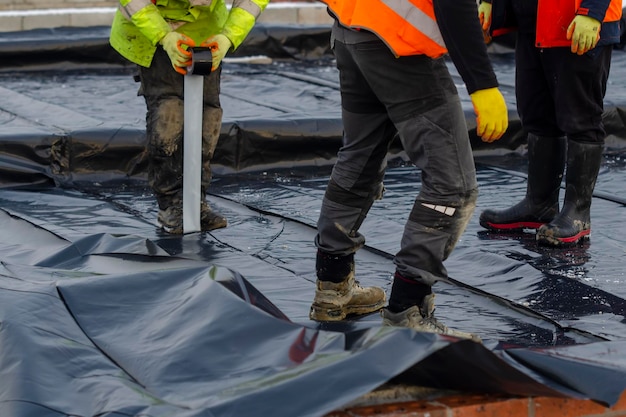
Besides, the PVC is vapor-permeable which lets water vapor escape. This also helps get rid of the moisture build-up. The membranes can also fit any shape which makes them great for uneven surfaces.
Along with that, it is strong and resistant to tearing. Plus, this membrane lasts a long time. In fact, it is easy to install and low-cost. Because of these options, it’s a good choice for anyone who needs waterproofing.
Why We Select It: This material is strong and flexible for roofs and pools. We find it amazing to keep water out while allowing vapor to escape. Besides, it’s easy to install and affordable.
5. Thermoplastic Waterproofing
Thermoplastic (Thermosetting Plastic) is a famous choice for waterproofing. It is also one of the firmest materials for this purpose.
Besides, it is resistant to scratches and tears. This material also bends easily and can stretch a lot before it breaks. Plus, it works well in cold temperatures and stays in shape over time.
This material can also handle chemicals, oil, fuel, and ozone without getting damaged. And, it can last for 50 years or more when used for waterproofing.
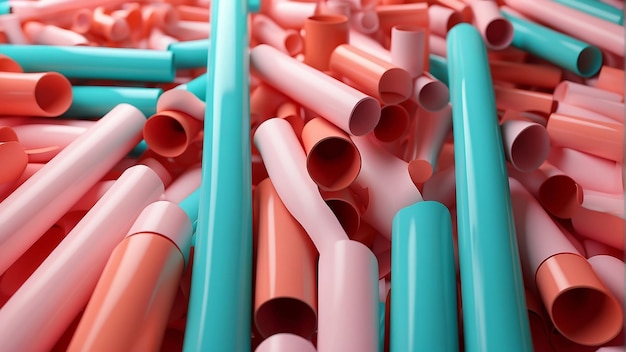
This material also keeps the base flexible and soft which makes it useful for many different applications.
And, this is applied by heating it until it becomes semi-solid. However, the main downside is that it can be costlier than other materials.
If you’re dealing with cold temperatures or want a material that lasts, this might be the right choice. For example, our wall seepage repair service addresses leaks and keeps your walls dry.
Why We Select It: This material is flexible, durable, and resistant to chemicals. We find it a great material for large waterproofing jobs even if it can be more expensive.
6. Cementitious Waterproofing
Cementitious waterproofing or coating is a common type to make concrete structures waterproof. It is also made from a special powder that includes sand, chemicals, and materials (silica).

When this powder is mixed with lime, a chemical reaction occurs that makes a strong waterproof seal.
And, a lot of people prefer this method because it is easy to apply. You can either spray it on or use it as a liquid, depending on what you are treating. However, one downside is that it isn’t very flexible.
This method is also often used on concrete walls, foundations, sidewalks, and walkways. Plus, it keeps water out and shields the structure from leaks.
Why We Select It: This material is simple to use and great for waterproofing concrete structures. We find it good to make a strong and water-resistant layer even if it’s not flexible enough for areas that need to move.
7. Liquid Applied Membrane
Liquid applied membrane (LAM) is a waterproof coating that comes in liquid form. It is mostly used on roofs but can also be applied to other surfaces like asphalt, bitumen, and concrete.
The liquid material is also sprayed onto the surface. When it dries, it forms a smooth and rubber-like layer that keeps water out.
And, one of the main advantages of LAM is that it doesn’t have any seams or joints. This also makes it more reliable since there are no gaps where water can leak through.
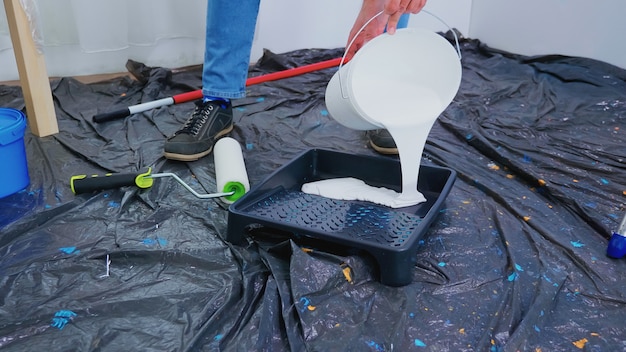
You can also control how thick the coating is by adding more layers. And, this makes it easy to adjust depending on the need.
Not to mention that it is simple to apply which makes the job faster. This material also helps avoid issues like cold joints where different sections of the material don’t bond well.
Moreover, the LAM is a long-lasting option for roof repairs and waterproofing. It’s also affordable and allows water vapor to pass through. And, this material prevents moisture buildup.
Lastly, this liquid solution is great for creating a seamless barrier against water. It’s easy to apply and adapts to various surfaces. For those looking to maintain their property’s integrity, our ceiling leakage repair services can ensure no leaks affect your living spaces.
Why We Select It: This material forms a joint-free layer that keeps water out. Besides, we find it pretty easy to apply for waterproofing roofs or other surfaces. It also prevents moisture or dirt buildup.
Where You Should Use These Waterproofing Materials?
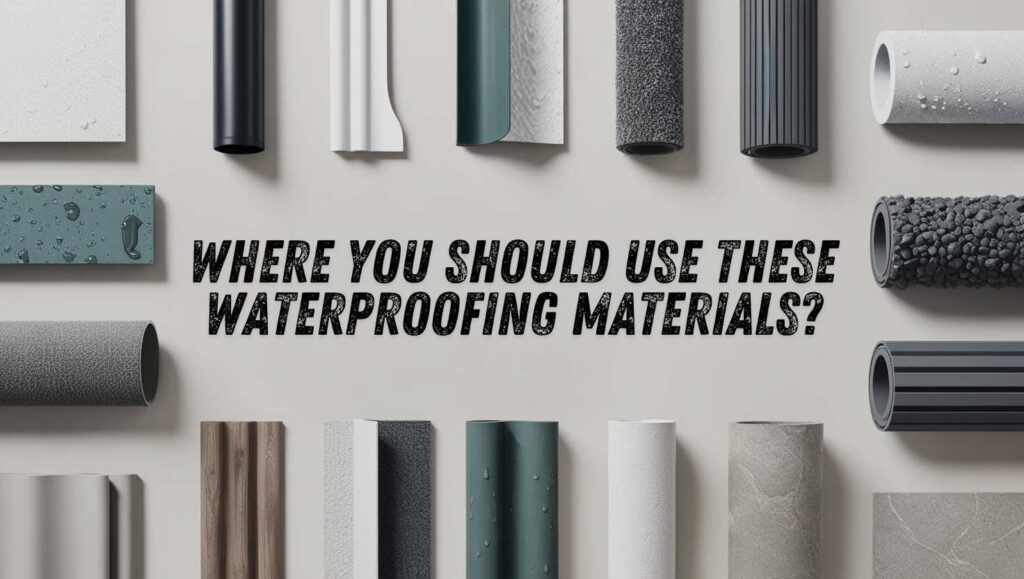
| Material | Ideal Application Areas |
| EPDM Rubber | Roofs (flat/low-slope), ponds, and pools |
| Bituminous coating membrane | Basements, foundations, and concrete |
| Polyurethane liquid membrane | Balconies, terraces, flat roofs, and bathrooms. |
| PVC waterproofing membrane | Roofs (flat), tunnels, green roofs, and any durable surfaces. |
| Thermoplastic (TPO) | Commercial roofs and parking decks. |
| Cementitious waterproofing | Concrete walls, foundations, sidewalks, and walkways. |
| Liquid applied membrane | Common roofs, bitumen, concrete walls, and so on. |
Wrapping Up
Now you know which type of waterproofing is best in Singapore, it’s time to make a choice. Just be sure to consider the type of material before you use any of them. And, it would work better if you do it via a waterproofing expert company like Allseal Waterproofing. For that, you can check this guide to know exactly how to choose a waterproofing specialist in Singapore. Happy Reading!

